There are over 900 varieties of onions. This culture is popular with most gardeners due to its excellent taste and rich aroma. Planting onions in the winter in many ways similar to sowing winter varieties of garlic, but also has a number of features that must be considered to obtain a rich harvest. The correct choice of variety for certain regions is also important.
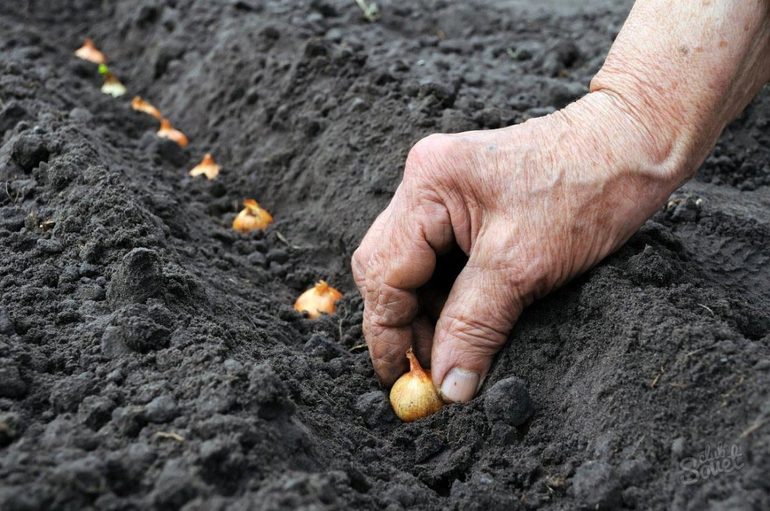
Content
Popular varieties
This vegetable is presented on the market with a large assortment of species that are different in growth period and taste. The best varieties of onion sets for winter include:
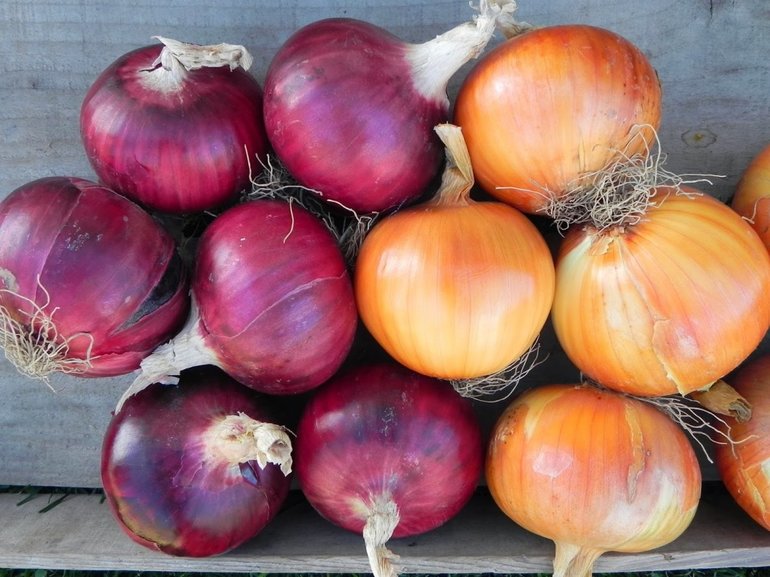
- "Black Prince" - bred by Russian breeders, is mid-season. It has bulbs of a dark purple color with a semi-sharp taste, can be stored for a long time.
- Danilovsky - resistant to peronosporosis cultivar with juicy bulbs of flat shape and light purple hue.
- "Robin" - A southern hybrid of bright red color that tolerates drought and gives a large crop.
- Sturon - a variety not susceptible to shooting and disease. The bulbs are covered with a husk of yellow hue, the flesh is white and juicy.
- "Lugansk" - late maturing view. It has an island flavor and a flat onion shape.
- Buran - A variety of universal type, stably bringing a good harvest. The turnip is yellow-brown, weighing about 110 g. This onion is poorly protected from infection with peronosporosis.
- "Radar" - Dutch type of vegetable, resistant to frost and not susceptible to pests. The variety has large bulbs, growing up to 300-400 g.
- Mouzon - refers to mid-early varieties, ripe after 90-110 days. The heads are round, dense, white, weighing 100-120 g. The view is resistant to cold and can be stored for up to two months.
- "Siberian annual" - a kind of precocious culture ripening in 60−70 days. Onions have thick foliage, peninsular in taste. The turnip is yellow, flat-round. The variety does not shoot, is stored for a long time, gives a yield of about 4 kg per square meter. m
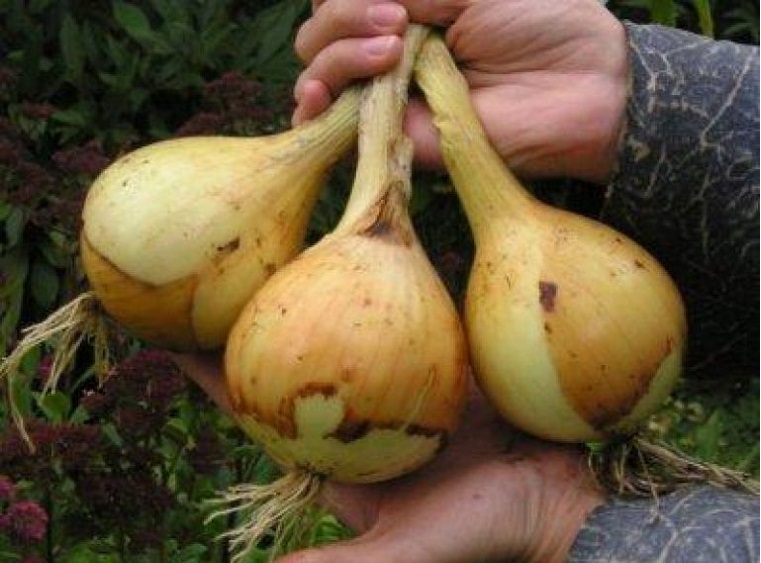 You may be interested in:
You may be interested in:Landing in different regions
Planting onions for the winter in Ukraine is not much different from cultivating plants in Belarus, the Moscow Region, the Leningrad Region and other regions with a relatively warm climate. Sheltered crops at a temperature not lower than -15 degrees will calmly endure the winter period. More severe frosts will also not cause significant harm if a lot of snow falls.
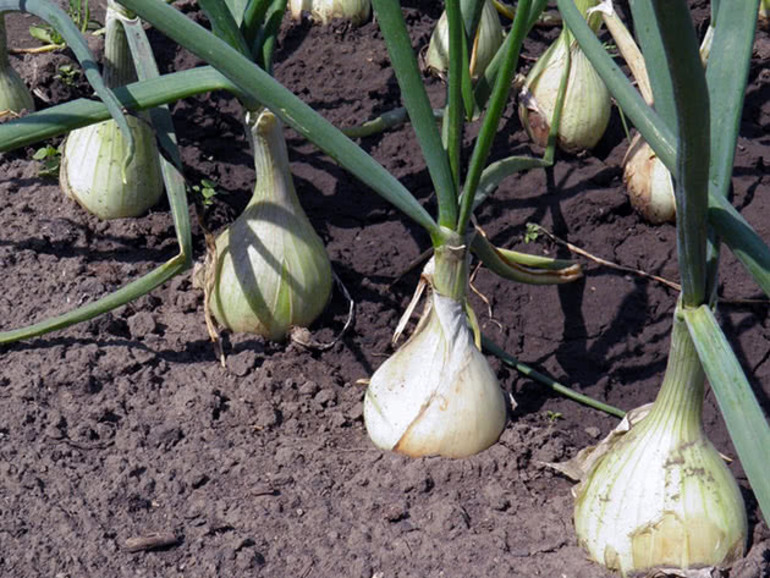
In the Urals, winter tsibul landed in the last days of September and until the very middle of October. For the climate of this region, only the most winter-hardy varieties are suitable. Onions also need to be covered for the winter.
But with a good timing and good weather can plant a plant in winter and get a rich harvest. With the death of plantings, you can always reseed a suitable variety in the spring.
Culture Posting Rules
The onion planting period in regions with relatively warm winters begins in late October and continues until November (no later than 30–35 days before the first frost). A steady temperature of 5 degrees is well suited to start sowing a plant.
It is better to determine the time of planting by weather, onions need to form roots before the onset of cold weather. But at the same time, the appearance of the first sprouts is unacceptable.Early planting can lead to the appearance of arrows and death of the culture from frost. Late sowing will not allow the roots to develop well and onions will freeze in the soil.
Plant change sequence
It is important to know after which crop to plant winter onions in order to get a good harvest. Successful vegetable predecessors The following plants are:
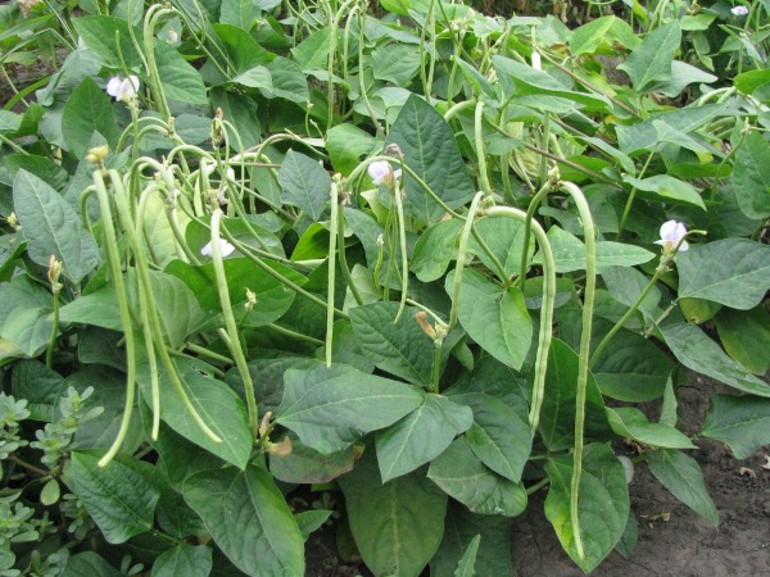
- cereals (with the exception of oats);
- rape;
- beet;
- peas;
- corn;
- mustard;
- Vika;
- phacelia;
- beans;
- salad;
- all kinds of cabbage;
- Tomatoes
- cucumbers.
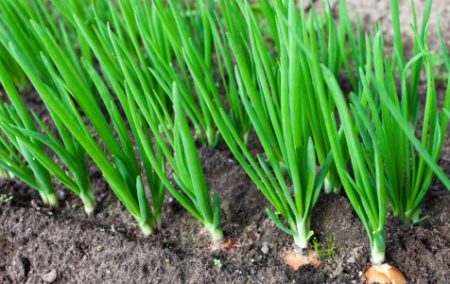 You may be interested in:
You may be interested in:Planting onions after some crops threatens with infection by nematodes. These types of plants include:
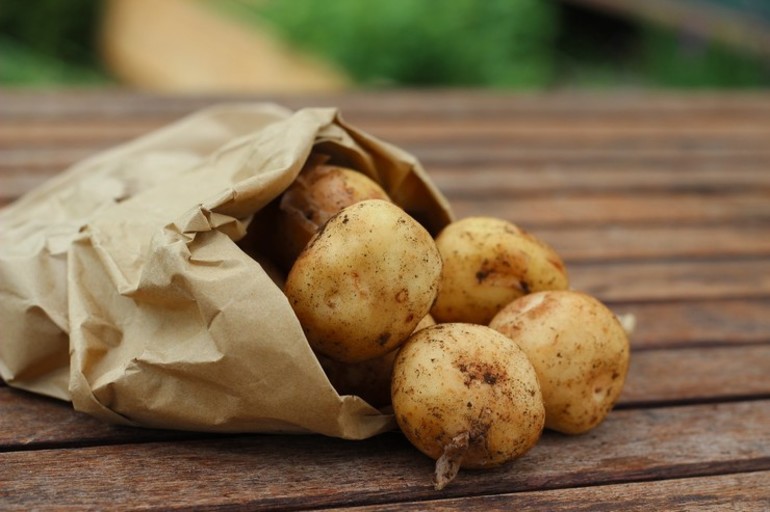
- Beans
- celery;
- potatoes;
- Red clover;
- parsley;
- alfalfa.
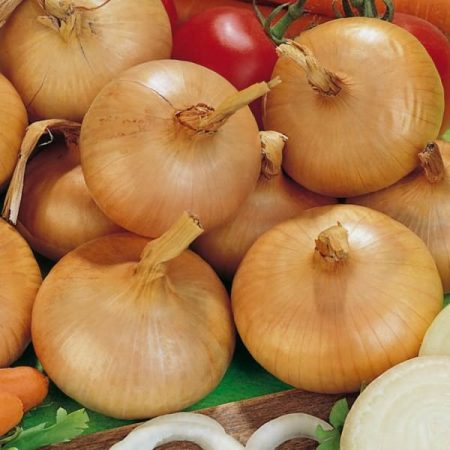 You may be interested in:
You may be interested in:You can also sow winter onions after collecting the first harvest of carrots, canola, beans, radishes, winter barley, beets and peas, but only before the third of July. One place is suitable for growing no more than two years, then you need to wait four years before the next landing on the same site.
Preparation of soil and material
Small onions prepared for seeds are about 1 cm in diameter. Sevka has a size of 1-3 cm. The largest planting material is a sample whose heads are more than 3 cm. The last option is suitable for receiving a feather, and smaller ones are planted to collect turnips. Onions should be sorted by size, neck should not be cut.
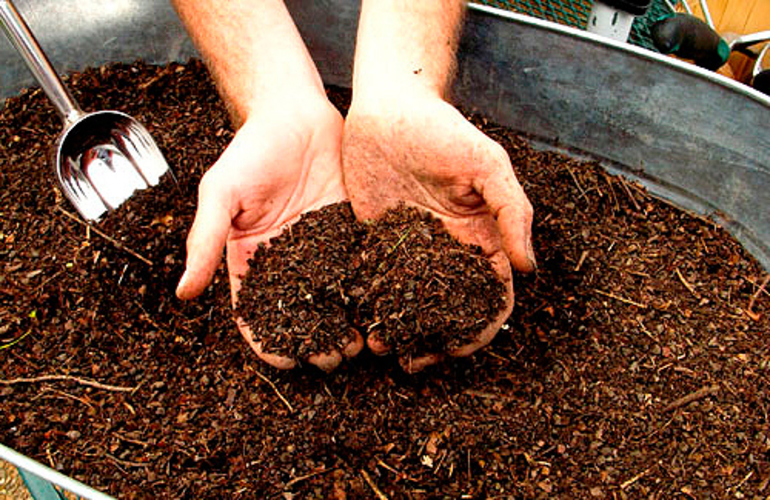
Choosing the right crop site is the basis for a rich harvest. Suitable light soil with humus-sand composition and good drainage, as well as loam with humus. It is better to sow on the southwestern or southern slope, which tall plants hide from the wind.
Weak onion roots need fertile soil. The most fertile place is sludge sediment in warm river valleys. The preparation of the land is carried out by digging it with humus (calculated as 5-6 kg per sq. M), superphosphate and potassium salt (20-25 g and 10-15 g per sq. M respectively). Immediately before sowing, you need to do the soil treatment with ash (10 g per sq. M).
Sowing and Care Process
It is important to plant onions in the winter. To do this, observe the following landing rules:
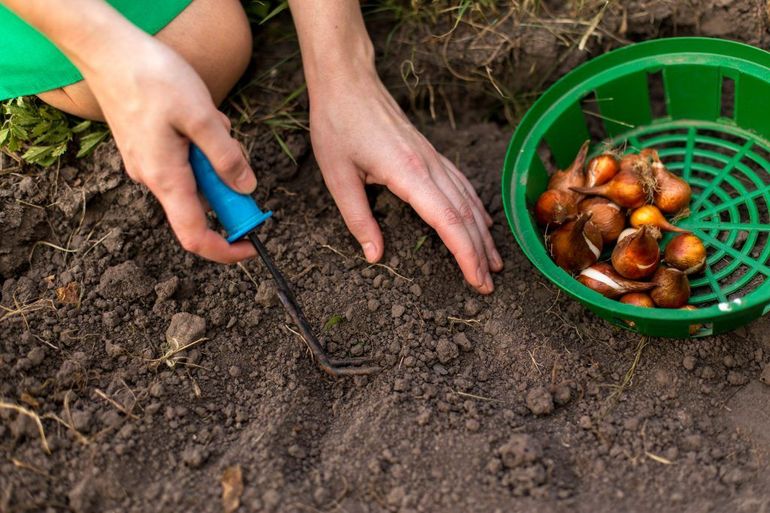
- The soil surface is compacted and leveled.
- Furrows in the soil are 5 cm deep and spaced 15–20 cm apart.
- Bulbs of sevka are laid out in a depression at a distance of 5-7 cm from each other, sprinkled with dry soil and slightly tamped.
- Watering is not carried out immediately after landing. Humidify the earth in the absence of rain after 10 days.
- Before the first frosts, the site is mulched with dry foliage, pine needles, spruce branches. To protect the covering material from the wind, branches are laid out from above.
- If little snow and significant frost are expected in winter, then the mulch is covered with an additional film.
A simple onion planting in the fall before winter is complemented by the same simple care:
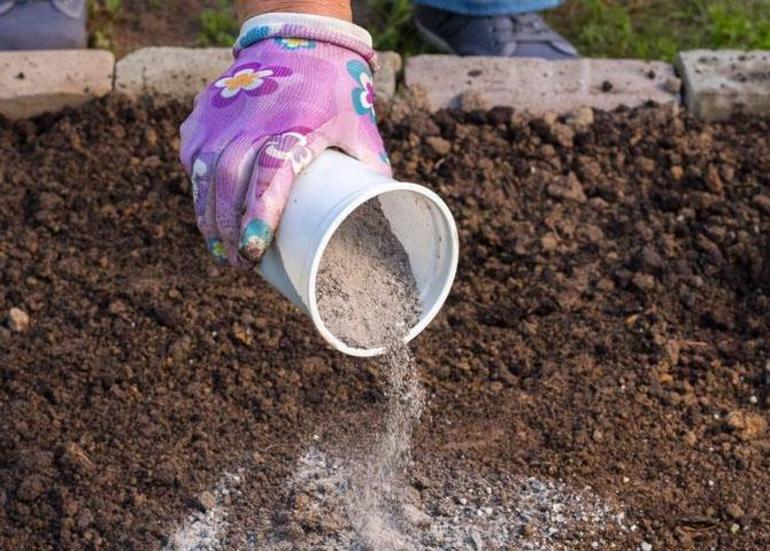
- When the soil begins to warm in the spring, it will be necessary to remove the protective film, and after a week remove the mulch. Late removal of the shelter can cause the onion to get wet and slow down its growth.
- The site must be loosened up and sprinkled with ash (10 g per sq. M). Loosening is best done after each irrigation or rain, simultaneously getting rid of weeds.
- The formation of turnips is accompanied by the appearance of four leaves on the sprout. At this stage, you need to thin out the plantings, if necessary, and then apply potash fertilizer (10-15 g per square meter) and superphosphate (15-20 g per square meter). As a top dressing, chicken manure in liquid form is also suitable.
- It is necessary to water the plants twice a week in arid and hot weather. In rainy spring, the frequency of soil moisture can be reduced.
Planting calendula or marigold along the perimeter of the beds will protect plants from onion flies. Harvest of winter varieties is harvested a month earlier than in spring plantings.
Sowing winter onions is a fairly simple and easy process. To get a good harvest you need to choose the right variety for the region and the time of planting. Turnip in this onion turns out to be stronger and fleshy than in summer varieties. You can also collect fruits much earlier, which is beneficial when growing plants for sale.

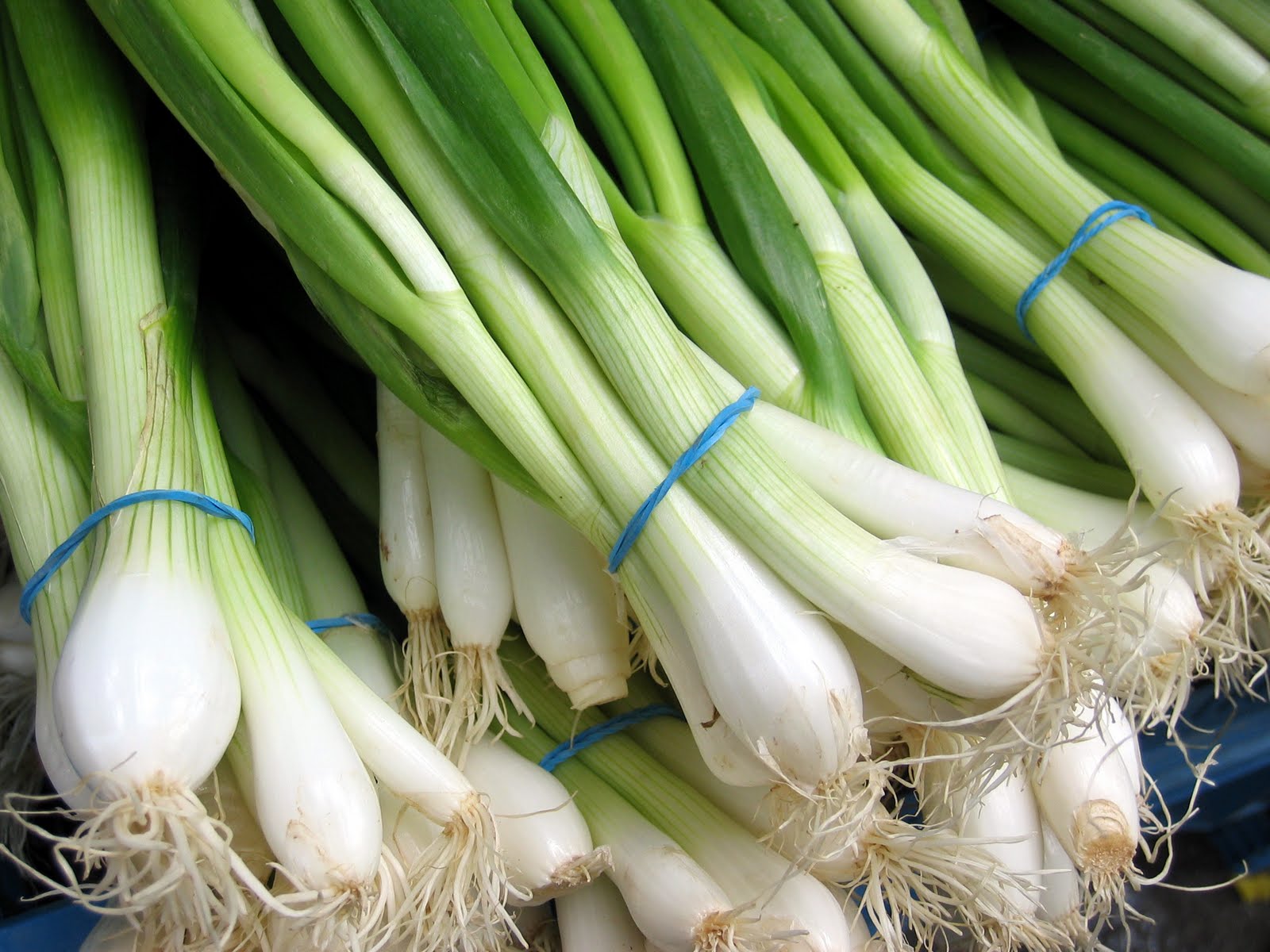 Growing onions on a feather in a greenhouse in winter
Growing onions on a feather in a greenhouse in winter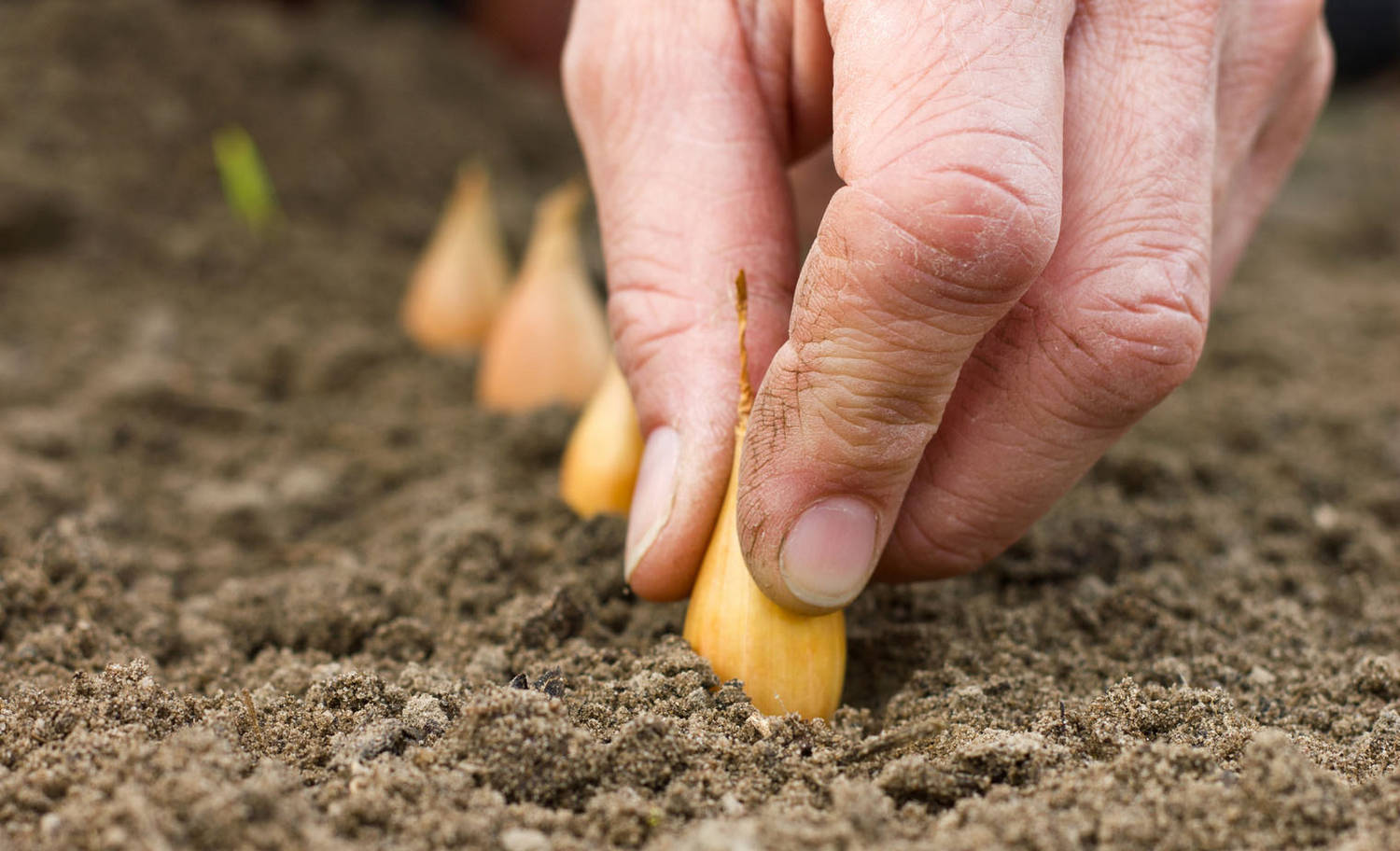 Planting onions in winter in the open ground
Planting onions in winter in the open ground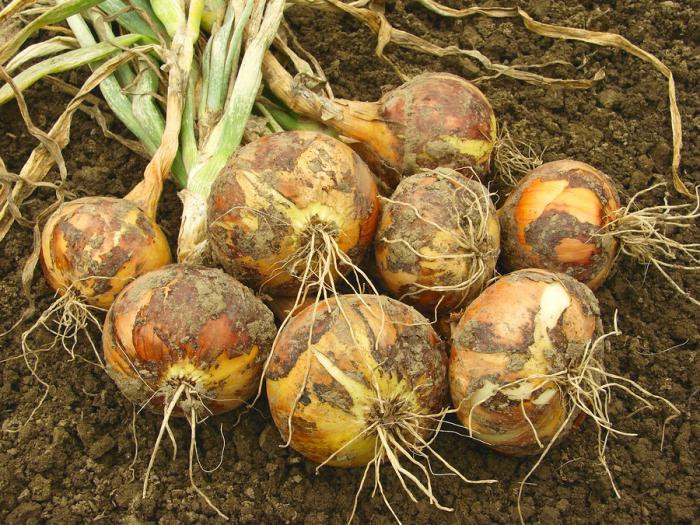 How to feed onions so that the bulbs beat large
How to feed onions so that the bulbs beat large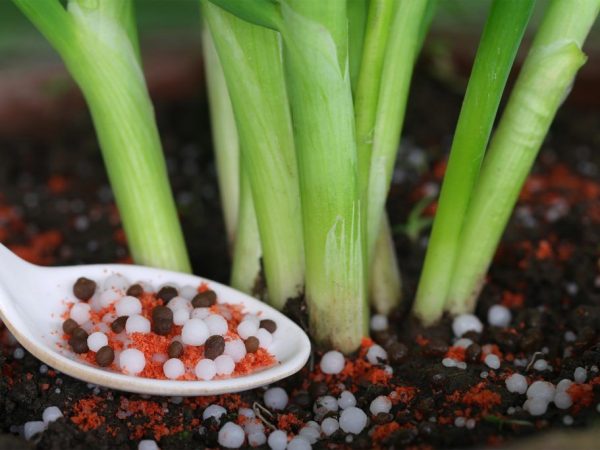 How to feed onions in spring and summer to get a good harvest?
How to feed onions in spring and summer to get a good harvest?